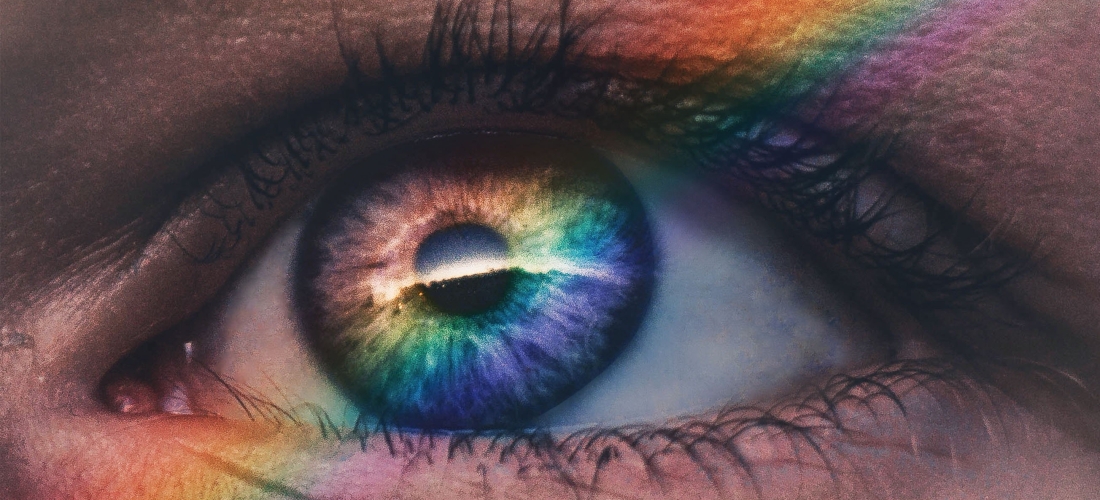Which hue is you?
Many business identities have logos which use a simple palette of black and white to great effect (think Chanel). However as humans we are visual creatures, the eye is naturally drawn to certain things and colour is chief amongst these. By understanding a bit about the psychology of colour, we can use that knowledge to assist in the decisions we make for a logo design which will be the most eye–catching, easily recognisable and memorable face of our business.
Colour is a crucial element in a brand identity. Understanding the importance and influence of colour is key in helping you make an informed and objective choices for your business identity and the impact that you wish it to make.
“Colour increases brand recognition by up to 80%”
(University of Loyola)
On it’s own, a colour conveys very little meaning, but placed in context with a certain culture, era, gender, or event, the feelings and emotions a colour conveys can alter greatly, and sometimes, to a powerful degree. This is why it is important to identify who it is you are speaking to (target market) what they most respond to, and what it is that you want to say (brand perception).
Colour plays a major role in our visual perception (as does shape) and therefore, a fundamental grasp of colour perception in graphic design is critical in order to create a palette for your business identity that evokes the right audience reaction.
The following infographic shows the most commonly used colours used in some of the most well–known corporate identities of our time, and the associations commonly made with them. However, brand perception is all about the particular situation unique to your situation, so it may vary depending on your industry, service, positioning, tone of voice or customer base.

Start paying attention to the logos you see everyday and take note of the impressions that they create in your own mind. When you are driving down a busy main road in a shopping district and your eye is drawn to one particular sign or another, instead of passing idly by, give it some thought. Why did that logo particular catch your eye amidst all that surrounded it? Is it bright? Is your eye drawn to a particular colour? Is it ugly? Does it have any imagery or is it just text? Is the imagery complicated or simple, beautiful or bold? Does the lettering look smooth and elegant or simple and powerful?
Next time you are making a buying decisions and are researching your different options, (should I get my business insurance with a, b or c?) Pay attention to your initial impressions when you first visit their website or see their logo. To you as a consumer, does it appeal to you and why/why not? In the first 2 seconds, do you feel reassured that they are an established, trustworthy and professional organisation, a cold uncaring, un–relatable global corporation? Or that of an amateur, unreliable and disorganised start up venture yet to get off the ground?
Relate your own experiences to the way you see your own business, as you would like it to be. And reverse engineer from there.
And when in doubt, refer to your friendly neighbourhood graphic designer.
We live for this stuff.

Colour infographic from:


